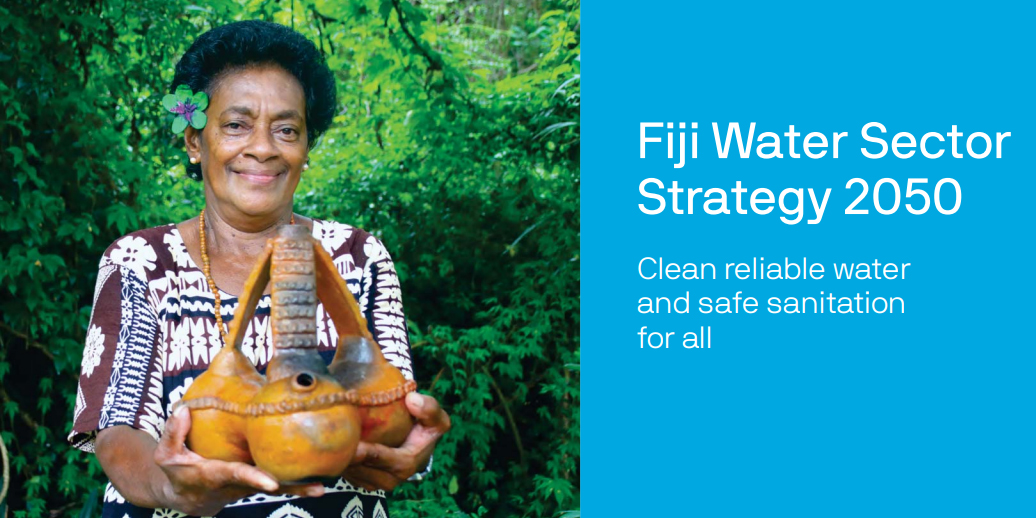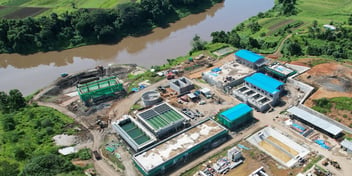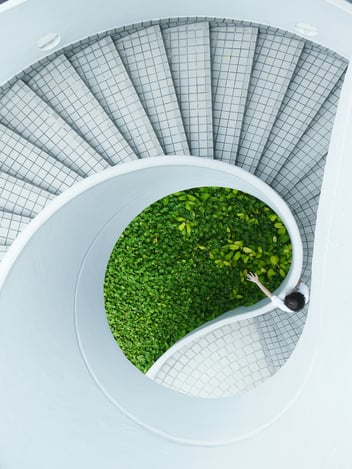First Fijian water strategy sets out targets for 2050

On 4 April, the Water Authority of Fiji (WAF) announced the launch of the Fiji Water Sector Strategy 2050 – the first national strategy for the Fijian water sector, outlining a plan to protect the environment and ensure reliable and safe water and wastewater provision.
The Fiji water sector strategy aims to deliver five key outcomes by 2050: access to reliable clean and efficient water services; access to safe sanitation services; support for liveability and sustainability outcomes; a financially viable water sector and an independent water corporation; and a skilled and adequate water sector workforce.
The strategy is underpinned by five strategic pillars set to guide the Fijian water sector over the coming decades, including climate resilience, infrastructure and asset health, circular economy, environment and tourism nexus, and economic sustainability.
Tasked with the research and consultation involved in preparing the strategy, UTS Institute for Sustainable Futures Professor Pierre Mukheibir said the adoption of the strategy charts a course towards sustainable water management for the Pacific nation.
“Fiji faces a combination of challenges, which makes water management more complex. In comparison, water utilities in Australia have access to more resources, capacity and funding,” he said.
“Climate change is the major challenge, but it is also exacerbated by a lack of capital, and aging infrastructure that is not designed to deal with increasing climate variability. Fiji goes from drought to flooding very quickly due to cyclonic weather events, which are increasing in intensity.
“The adoption of this strategy is timely since it sets Fiji on a path to achieve defined outcomes that will contribute to the county’s development goals during a time of climate uncertainty.”
Addressing key challenges
The strategy outlines key challenges facing the Fijian water sector, with climate change posing a significant threat to infrastructure – 20% of key assets are at risk of flooding under extreme climate events.
Aging infrastructure is another leading issue, with non-revenue water at around 49%, and sewers experience a high rate of infiltration. Further challenges include the environmental impact of wastewater treatment facilities.
Mukheibir said skills shortages and funding issues are two challenges that significantly impair sustainable improvement, and require considerable focus moving forward.
“Pacific island states are facing a combination of issues, but building professional capacity within water organisations and departments is a big challenge. A lot of people who undergo training move to Australia or New Zealand for higher earning potential and organisations really struggle with in-house capacity,” he said.
In terms of capital, a lot of funding provided by external agencies is for new infrastructure, but not for maintaining or replacing older assets, Mukheibir said, which doesn’t help meet challenges with existing networks.
“When water losses from the network are sitting at 49%, there is a need for funding to repair and maintain the systems that are already in place,” he said.
“External organisations sometimes fund trials or pilots without considering the long-term implementation of solutions. Water and wastewater needs to be managed holistically.
“The technology is great, but we need to be thinking about the institutional arrangements that will make these solutions sustainable. What needs to be considered are the management arrangements moving forward.”
Bolstering systems thinking
The five pillars guide the approach to delivering the strategy, Mukheibir said, ensuring that the approach adopts a whole-of-system pathway towards safe and reliable water and wastewater provision.
“Taking a whole of water system approach means thinking about all water, not just groundwater and surface water, but also recycled water and stormwater. In Suva, it rains a lot, but that water isn’t currently being captured and used for irrigation or other purposes,” he said.
“A whole-of-system approach is also about institutional arrangements. At present, WAF are only recovering about 50% of their input costs. The tariff is under review at the moment, so there is work underway to look at bringing the tariff up to cost-recovery level.”
Mukheibir said a systems thinking is also about transitioning into more circular approaches to ensure resources are used efficiently, with the opportunity for markets to develop with other sectors outside of water.
“Systems thinking includes a circular economy approach, which is about how to deal with wastewater as a resource. Some of us are working on a sludge recovery strategy to help manage septic tanks, which often don’t get emptied until there is an issue,” he said.
The strategy also outlines plans to explore Living Lab opportunities – pilot projects seeking to trial technologies and approaches within the Fijian context and, if successful, embed the practice as business as usual.
“Living Labs is about trialing established approaches within the Fijian context. The markets would be different. For example, to provide biosolids for agriculture, the agriculture sector in Fiji needs to be on board,” he said.
“It always comes back to the institutional arrangements, the stakeholders and various players involved, and sustainable investment for these new ways of operating. There is no one-size-fits-all solution for any community.”
One prospective opportunity outlined in the strategy is to work towards innovative and specialised funding arrangements between tourism and local communities on Fiji’s Coral Coast.
“On the Coral Coast, there are a lot of new hotels being developed and a growing tourism hub. WAFs water infrastructure doesn’t quite stretch to that area, and there are local communities nearby,” Mukheibir said.
“There is an opportunity to establish partnerships with the new hotels, where they can provide the necessary infrastructure for their water and wastewater requirements, and also service the neighbouring communities.
“Many of the people living in those local communities will be employed to work in the hotels, so there would be a natural synergy there. It’s a model that hasn’t been developed in Fiji yet, and another area of work to investigate.”
Mukheibir said the next step in the process will be to prepare a monitoring and evaluation framework to ensure that the strategy and its aims are embedded in future plans of the various stakeholders.
“The idea of the monitoring and evaluation framework is to set key milestones or performance indicators against the five outcomes. We have outcome indicators and process indicators – the outcomes might be difficult to measure in the near term, but we can definitely monitor the process,” he said.
“2050 sounds like a long way away, but 25 years is not a long time when you consider the desired outcomes. Having necessary investments in place to deliver on those outcomes is going to be really important.
“Funding partners need to be aware of the timeframes involved, and the indicators can help with that, as well. It helps to discern what is realistic. We have five-year indicators, which helps people understand what can actually be achieved by 2050 and in the interim.”



